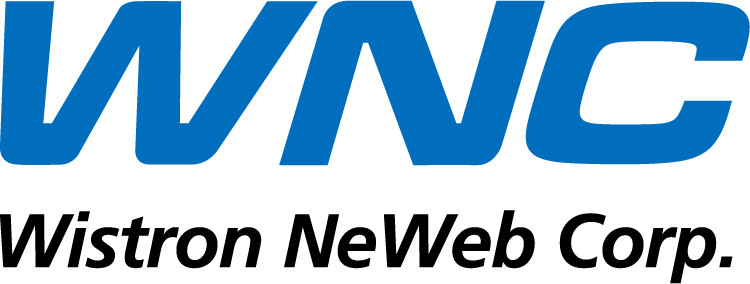Journal:
IEEE Sensors Journal
IF: 3.301 (2021)
Keywords:
Sensors,
Torque,
Robot sensing systems,
Robots,
Stress,
Sensitivity,
Strain measurement
Design and Optimization of a Joint Torque Sensor for Lightweight Robots
Dai-Dong Nguyen; Chung-Hsien Kuo
PhD student: Nguyen Dai Dong, Electrical Engineering Department, National Taiwan University of Science and Technology. Taipei. Taiwan. Email: daidongnguyen9@gmail.com
Summary of scientific publications
Industrial robots have been widely used in industries for decades. Currently, there are many types of modern robots being developed such as: collaborative robots, skeleton robots, and collaborative robot systems. In that development, robots designed to collaborate with humans appear as a new trend in the robotics industry including collaborative robots, surgical robots, and rehabilitation support robots. An extremely important issue of collaborative robots is the ability to accurately determine external forces acting on the robot in real time, which helps the robot avoid collisions and create a safe working space. with humans. Currently, there are many studies and results to determine and solve the above problem, such as using camera systems to develop visual robot systems or using force sensors. This research focuses on the design of a force sensor for lightweight robots.
On a robot, based on the position of the force sensor, they are divided into two types: 6-axis force/torque sensors placed at the end mechanism of the robot and torque sensors placed at each actuator of the robot. robot. 6-axis force/torque sensors are often very limited in recognizing external impacts on the robot body. On the contrary, torque sensors can provide all information about collisions on the robot body, so choosing a torque sensor is a complete solution to the problem raised in this study. .
After the structure of the sensor is determined, to improve the sensitivity of the sensor, the sensor structure will be optimized through Multi-Objective Genetic Algorithm (MOGA). The objects are sensitivity, the difference in surface tension at the detection area of the tension sensor, and finally the maximum surface stress at the point where the surface tension sensor is placed. Figure 2 Describes the results of simulating surface stress and strain on the sensor. We can see that stress is concentrated in the sensor's detection area due to surface tension (orange area).
The sensor developed in this study is designed based on the use of surface tension sensors on contact surfaces to determine external forces. The structure of the torque sensor is described in Figure 1. The structure used in the sensor is a through-hole spoke structure with an inclined contact surface (inclination sensing surface). With this structure, the surface tension will be most concentrated in the middle of the bar, making it easier to place surface tension sensors, while also increasing the sensitivity of the sensor. Figure 1 also shows the locations of the surface tension sensors as well as the design of the electronic circuit used to detect the external force (Wheat-stone full-bridge circuit).

After the structure of the sensor is determined, to improve the sensitivity of the sensor, the sensor structure will be optimized through Multi-Objective Genetic Algorithm (MOGA). The objects are sensitivity, the difference in surface tension at the detection area of the tension sensor, and finally the maximum surface stress at the point where the surface tension sensor is placed. Figure 2 Describes the results of simulating surface stress and strain on the sensor. We can see that stress is concentrated in the sensor's detection area due to surface tension (orange area).

Once fabricated, experiments were performed to confirm the sensor characteristics and sensor parameters, the results of which are described in Table 1.
| Parameter | Value |
|---|---|
| Dimensions (mm) | 78 x 10 x 8 |
| Mass (g) | 32.7 |
| Operating range (N) | 20 |
| Resolution fraction (Nm) | 0.05 |
| Sensitivity (mV/Nm) | 1.65 |
| Linear error (%) | 0.46 |
| Latency (%) | 0.485 |
| Stable error (%) | 0.897 |




